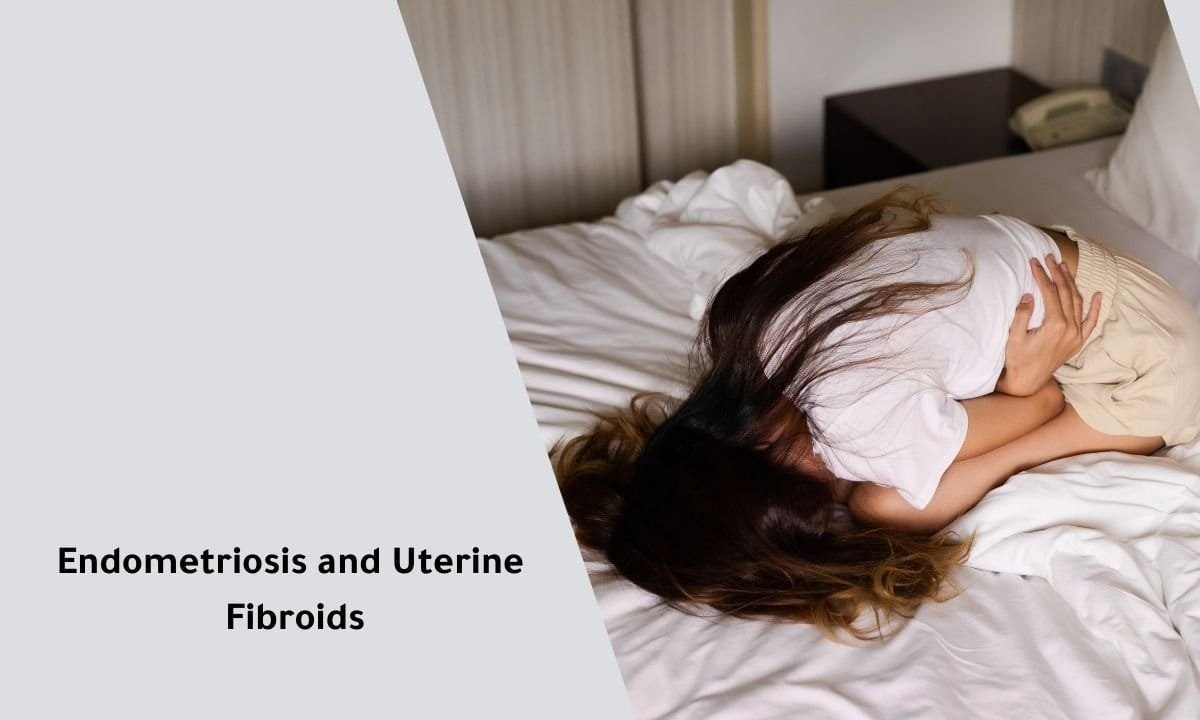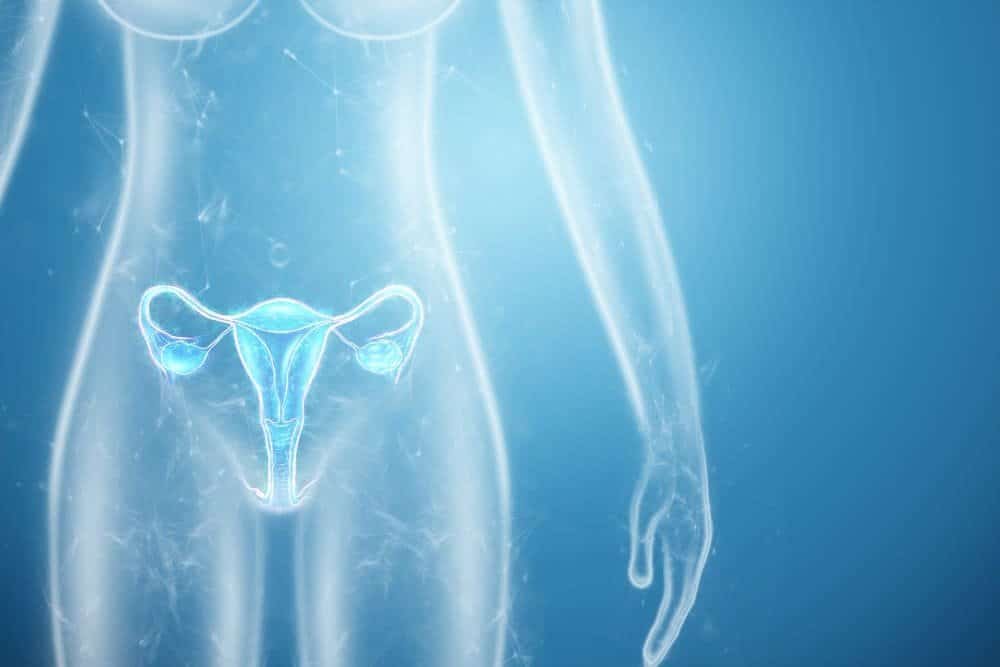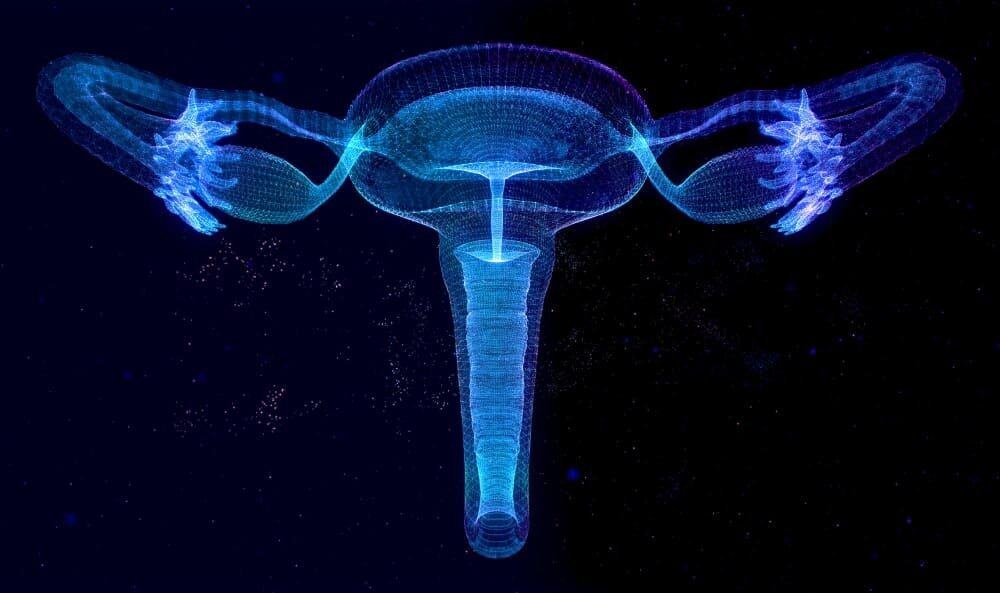Are you asking about endometriosis and uterine fibroids? They are two conditions that cause severe pain and discomfort to women and affect their lives. Although these two conditions are often confused, they differ in how they develop and how they affect the uterus. Dr. Samir Abdel Ghaffar, a pioneer in interventional radiology and uterine artery catheterization (UAE), is here to help women overcome these challenges with advanced treatment options.

What Is Endometriosis?
Endometriosis is a chronic condition in which tissue similar to the lining of the uterus, called the endometrium, grows outside the uterine cavity. This misplaced tissue can attach to other organs, such as the ovaries, fallopian tubes, and the pelvic walls. When the endometrial tissue grows, it thickens and bleeds during a woman’s menstrual cycle, much like it would inside the uterus. However, because this tissue is outside the uterus, the blood has no way to exit the body, leading to severe pain, inflammation, and the formation of scar tissue.
Endometriosis can cause painful periods, heavy menstrual bleeding, and fertility issues. Some women with endometriosis may also experience pain during intercourse, chronic pelvic pain, or discomfort when urinating or during bowel movements. This condition often goes undetected for years and requires a specialist like Dr Samir Abdel Ghaffar to diagnose and treat it appropriately.
Understanding Uterine Fibroids
Uterine fibroids, also known as leiomyomas or myomas, are benign tumours that grow within the muscular wall of the uterus. These noncancerous growths vary in size and number, and their development is influenced by age, hormonal changes, and genetic history. Some women have a single fibroid, while others may have multiple fibroids that grow at different rates.
Fibroids can cause symptoms such as heavy menstrual bleeding, pelvic pressure, and frequent urination. Depending on their size and location, fibroids may also cause pain, bloating, or fertility problems. In rare cases, fibroids may grow large enough to enlarge the uterus or cause the abdomen to protrude, resembling pregnancy. Although they are not cancerous, fibroids can severely impact a woman’s health and quality of life, requiring medical intervention.
The Differences Between Endometriosis and Uterine Fibroids
While both endometriosis and fibroids are gynecologic conditions that can cause pain and heavy menstrual bleeding, they differ in how they develop. Endometriosis involves tissue outside the uterus, whereas fibroids are muscular tumours that grow within the uterine walls. Despite these differences, both conditions can affect a woman’s fertility, reproductive health, and overall well-being.
Dr. Samir Abdel Ghaffar offers specialized care to treat both endometriosis and fibroids. His expertise in uterine artery embolization (UAE) has provided countless women with non-surgical treatment options, helping them avoid invasive surgeries like hysterectomy while effectively addressing their symptoms.
Symptoms to Watch Out For
Women need to be aware of the symptoms of both conditions to seek timely medical attention. Common symptoms of endometriosis and fibroids include:
- Heavy menstrual bleeding
- Chronic pelvic pain
- Pain during periods
- Abdominal bloating or pressure
- Frequent urination
- Fertility challenges
Suppose you’re experiencing any of these symptoms. In that case, it’s essential to consult with a specialist like Dr. Samir Abdel Ghaffar to determine whether endometriosis or fibroids are present and to explore the best treatment options.
Endometriosis vs Fibroids vs PCOS
Endometriosis involves tissue similar to the uterine lining growing outside the uterus, causing pain and inflammation. Fibroids are benign tumors in the uterine wall, leading to heavy bleeding and pelvic pressure. PCOS (Polycystic Ovary Syndrome) affects ovaries with cysts and hormonal imbalances, often causing irregular cycles, infertility, and metabolic issues. Each condition affects fertility and women’s health differently.
Endometriosis vs Fibroids Ultrasound
Ultrasound effectively detects fibroids by visualizing the uterine muscle’s growth. Still, it’s less reliable for diagnosing endometriosis, as endometrial tissue typically grows outside the uterus and is not visible. For endometriosis, additional imaging methods, like MRI or laparoscopy, are often required.
Living with Endometriosis and Fibroids
Living with both endometriosis and fibroids is challenging, as symptoms such as chronic pain, heavy periods, and fertility problems overlap. Women often experience significant discomfort and require medical management to address symptoms and improve their quality of life.
Best Treatment for Endometriosis and Fibroids
Treatment options vary depending on the severity of symptoms. Hormonal therapy and surgery help manage symptoms of endometriosis, while fibroids may be treated with uterine artery embolization, medication, or surgical procedures. Consulting a specialist is essential to choosing the most effective, individualized treatment plan.
Treatment Options: How Dr Samir Can Help
Dr Samir Abdel Ghaffar is a renowned specialist in treating fibroids and other uterine conditions using advanced, minimally invasive procedures. Uterine artery embolization (UAE) is one of the most effective treatments for fibroids, offering relief without surgery. This procedure works by cutting off the blood supply to the fibroid, causing it to shrink and symptoms to improve.
If you’ve been diagnosed with endometriosis, Dr Samir provides a range of medical treatments that can help manage pain, reduce tissue growth, and improve fertility outcomes.
FAQS
Can you have both endometriosis and fibroids?
Yes, a woman can have both conditions simultaneously. These disorders share similar symptoms, such as pain and heavy bleeding, and co-occur, complicating diagnosis and treatment. Both situations involve the uterus and reproductive system, but they develop differently.
What causes endometriosis or uterine fibroids?
The exact causes of endometriosis and fibroids are not fully understood. Endometriosis is believed to be influenced by hormonal, genetic, and immune system factors. Uterine fibroids are caused by abnormal growths of the muscular tissue of the uterus, often linked to estrogen levels and genetic predisposition. Age, reproductive history, and family history also affect both diseases.
Which is worse: endometriosis or fibroids?
The severity of either condition depends on the individual and how it affects her health. Endometriosis leads to chronic pain, infertility, and a severe impact on daily life, while fibroids cause heavy bleeding, severe pain, and fertility issues. Determining which condition is worse depends on symptoms, complications, and other health conditions.
Take Control of Your Health Today
Don’t let painful periods or gynecologic conditions control your life. Whether you’re dealing with endometriosis, fibroids, or other uterine issues, Dr. Samir Abdel Ghaffar and his team are here to provide you with the expert care and support you need. Schedule a consultation today to learn about your personalized treatment options and start your journey to better health.

 العربية
العربية 

